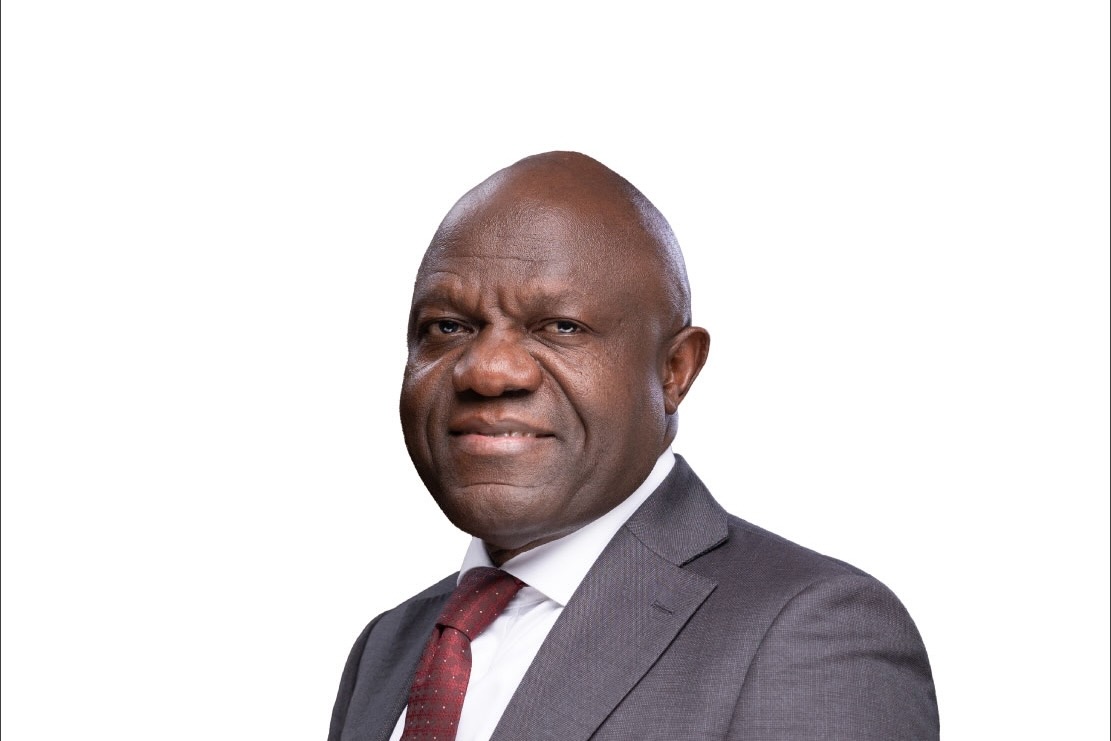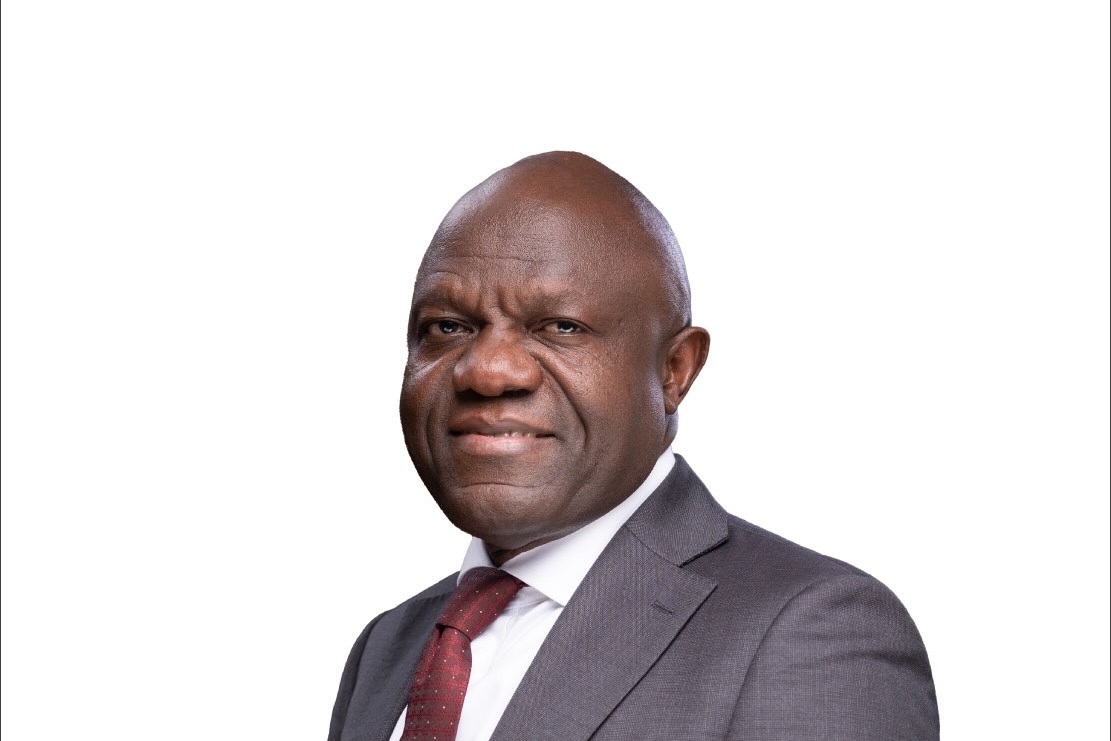Uganda’s growing appetite for cashless convenience
Uganda’s growing appetite for cashless convenience

Most everyday transactions in Uganda are made using cashless payment methods, accounting for 80% of informal sector transactions. The country is actively embracing mobile and cashless payments, which can be attributed to several driving factors ranging from convenience and speed to accessibility and inclusivity. From the various technologies contributing to cashless convenience to the many benefits of a cashless economy, here are the key factors contributing to the growing appetite for these payments in Uganda.
Key Technologies and Their Impact
The growing use of cashless payments in Uganda is linked to the development of technologies like mobile money and virtual wallets. These allow a broad range of individuals to access cashless payment options and add convenience to existing shopping habits. These four technologies stand out for their widespread use in Uganda.
Mobile Money
Mobile money uses mobile devices to send, transfer, and request money. Mobile money platforms operate similarly to apps like PayPal and Venmo but do not require a bank account, which makes them accessible to more people. The payment method can be used for everyday transactions like buying groceries, paying bills, and accumulating savings.
The use and availability of mobile money have played a key role in financial inclusion for regions, particularly rural areas, underserved by banks and other financial institutions. It has made banking-type tasks accessible to those who may not have otherwise been able to participate in them. As more people have gained access to money with this cashless technology, it has helped spur economic growth in the country.
Virtual Wallets
Virtual wallets, also commonly called digital wallets, hold bank cards, credit cards, and other financial information online. They can be accessed across mobile and desktop devices, making them valuable tools for various applications. Like mobile money, virtual wallets can be used for all kinds of transactions, but unlike them, they require the user to have an account with a financial institution.
QR Code Payments
Through QR codes, which usually appear as black-and-white squares, businesses and individuals can easily carry out payments. Businesses can set up a QR code that, when scanned, provides individuals with all the information they need to make a quick payment. It saves time by eliminating the need to enter information or go through multi-step payment processes.
Contactless Payments
Contactless payments, like tapping a credit card or mobile device, use near-field communication (NFC) to facilitate payments and streamline payment processes. During the COVID-19 pandemic, contactless payments became an increasingly prevalent way to reduce the spread of the virus and continue to be used today because of their ease of use.
Benefits of a Cashless Economy in Uganda
These technologies are being widely adopted because of the many benefits they offer Ugandans, including convenience, financial inclusion, economic growth, and security.
Convenience and Speed
Cashless payments make transactions of all kinds fast and convenient. The rise of cashless payment options supports digital spending habits by making it simple to check out when shopping online or in person—whether shopping for essentials like food and medication, splurging on takeout, or even wagering on slots sites at Casinos.com.
Financial Inclusion
Access to cashless payments has allowed more Ugandans to participate in financial activities. The digital approach helps reduce physical barriers, like living in rural areas where physical banks aren’t available. Digital-first payments are creating a more inclusive financial landscape where all Ugandans can spend, save, and find financial support regardless of where they live.
Economic Growth and Innovation
Access to payment-friendly platforms is not only making personal finance services more accessible across the country, but it’s also spurring growth and innovation. Simplified payment methods make it easier for businesses to track their sales and cater to their customers. They also make it simpler for people to start businesses by simplifying cash handling and reducing the need for tools such as physical cash handling systems and security measures. Because of these simplified payment options, entrepreneurship is growing in the country.
Enhanced Security
Cashless payments give individuals and businesses a sense of security since financial activities can be easily traced. Tracing spending offers individuals and businesses confidence by addressing concerns about fraud or theft, as transaction details can easily be reviewed as needed.
Challenges and Considerations
While cashless payments have benefited Ugandans, their use still presents challenges and concerns that individuals, regulators, and the fintech industry have to overcome.
Infrastructure and Reach
Not everyone has access to devices or internet connectivity due to financial or geographic barriers, such as living in unsupported networks. For cashless payments to be truly accessible, methods for overcoming these barriers must be developed so everyone can access their use equally. The most recent statistics from the World Bank show that 15% of the Ugandan population uses the internet. This indicates that a key challenge to address is a robust infrastructure system that delivers access and digital education to more of the population. With this in place, individuals will have better access and resources to adopt the technology and its benefits.
Security and Trust
Mobile and digital payments add convenience, but they come with concerns—most notably, those relating to cybersecurity, fraud, and data privacy. The government has implemented policies like the National Payments Systems Act to protect individuals against these concerns. These acts help regulate safer payment methods and regulations that keep information and finances secure.
Future Prospects
Governments and financial service providers will have to continue to overcome these challenges and address these considerations. However, by taking action, they have the potential to build lasting trust between themselves and Ugandans. The projected growth of cashless payments indicates that the appetite for this payment method isn’t going to slow anytime soon. There’s ample opportunity for regulators and providers to succeed and for individuals to reap the benefits of these convenient financial services.



Nambi Faridah was denied the right to vote, says High Court
Next Post
High Court Ruling on Kawempe North Heads to Appeal as Nalukoola Dissatisfied

High Court Ruling on Kawempe North Heads to Appeal as Nalukoola Dissatisfied
Source: PML Daily
Share this content:




Post Comment